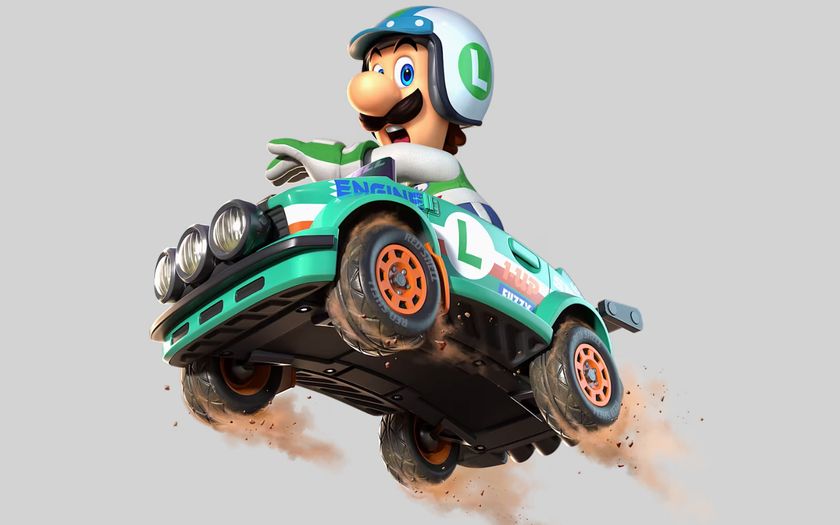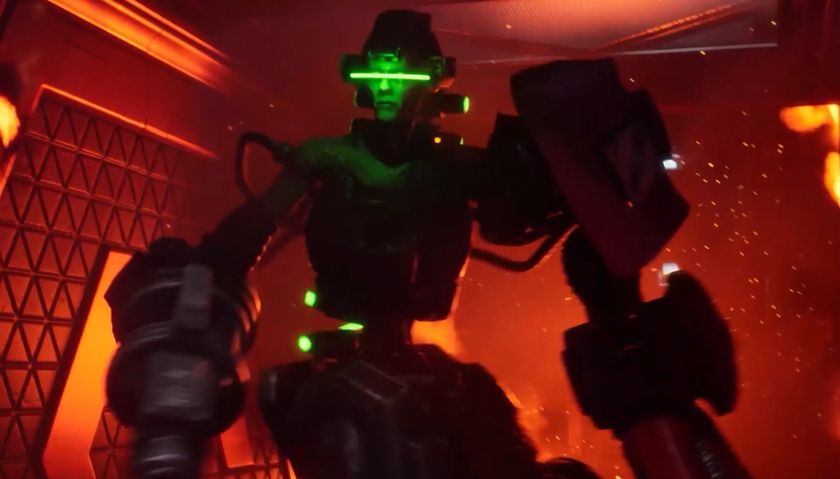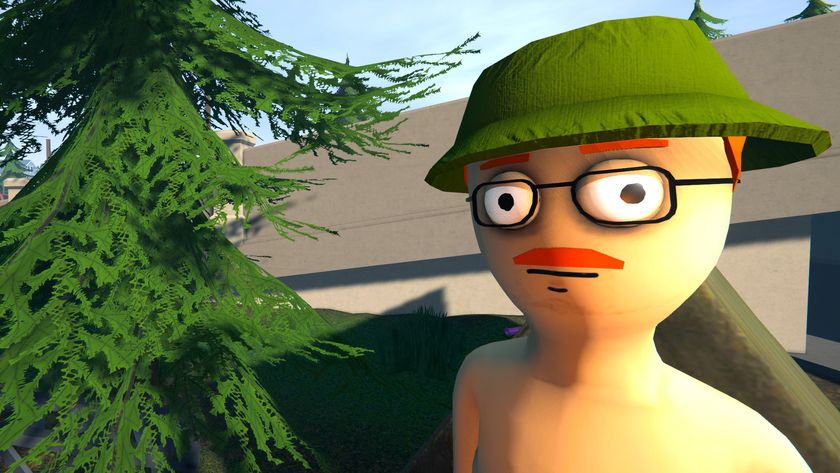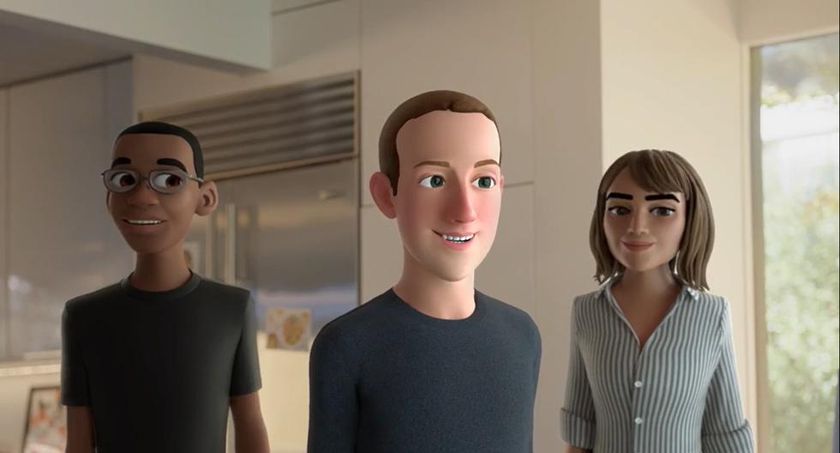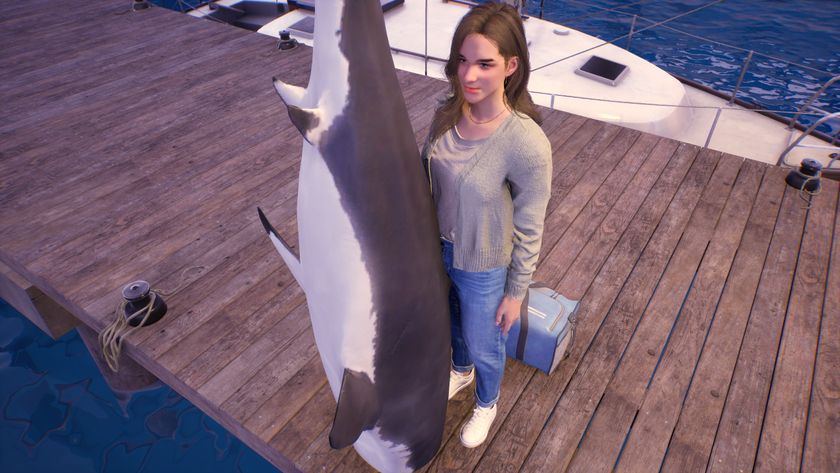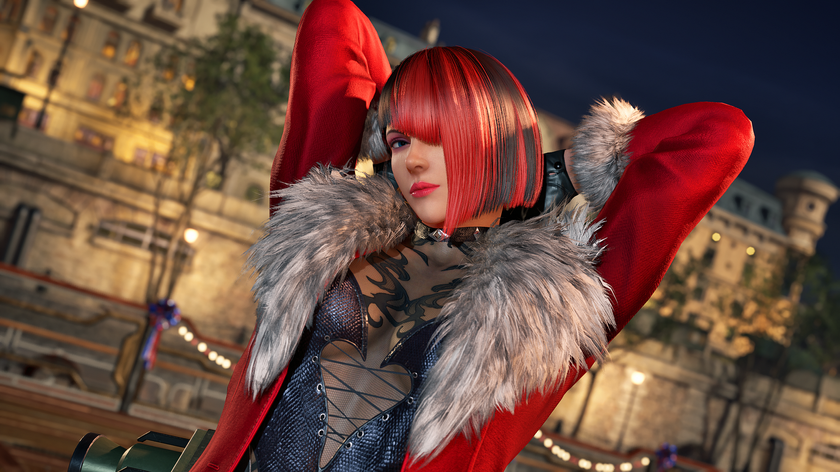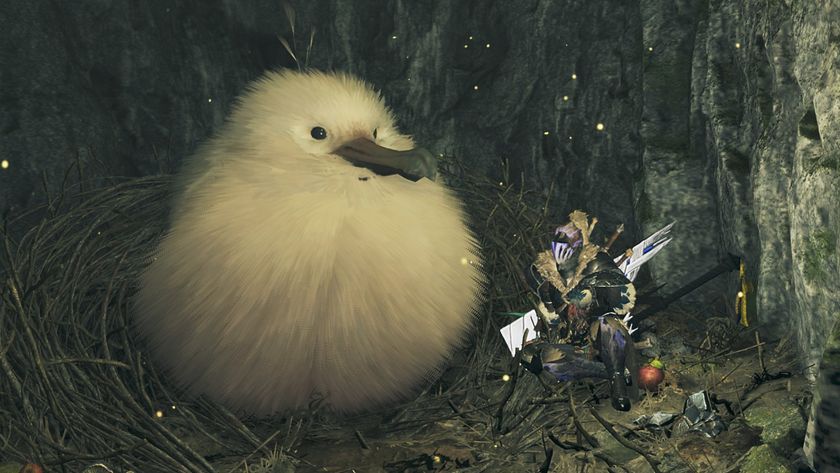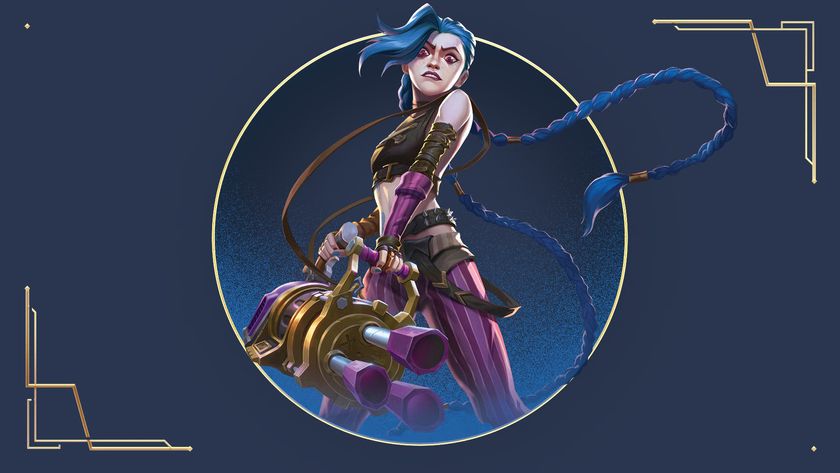AMD's 2 year old Radeon VII is better for cryptocurrency mining than it ever was for gaming
AMD's long forgotten Radeon VII can outperform the RX 6900 XT and RTX 3080 in cryptocurrency mining.

The AMD Radeon VII was one of the worst graphics card deals of all time, and yet two years later it's actually the finest the red team has to offer GPU-based cryptocurrency miners. You might have assumed that the Radeon RX 6900 XT, with its $999 MSRP and powerful 7nm Navi 21 GPU would be the king of that much-maligned castle, but it's actually a long, long way behind the old Vega-based card.

Best gaming mouse: the top rodents for gaming
Best gaming keyboard: your PC's best friend...
Best gaming headset: don't ignore in-game audio
In fact, with some Linux tweakery the Radeon VII can push over 100 MH/s when mining Ethereum, which puts it within touching distance of the absolute top of the pile, the GeForce RTX 3090. Even without messing with AMD's first 7nm GPU the card is still capable of beating the GeForce RTX 3080.
Ethereum loves itself some memory bandwidth, and thanks to the Radeon VII's high bandwidth memory (HBM) the Radeon VII has that in spades. At 1,028 GB/s it's actually rated higher than either the RTX 3090, at 936 GB/s, and the RTX 3080, at 760 GB/s.
If you want any more evidence of the power of the Radeon VII when it comes to cryptocurrency mining then look no further than a quick Ebay search—there are a bunch of listings for pictures of the Radeon VII as people look to stick it to the bots scouring for mining GPUs. And definitely not to try and scam a quick buck; oh no, this is anti-mining activism.
So, why was the Radeon VII such a bad deal when it first arrived? It was AMD's first stab at the ultra-enthusiast graphics card market in a long while, launching at the start of 2019, and its first 7nm silicon—hence the 'VII'. It just about matched Nvidia's GTX 1080 Ti in terms of performance, well, in some places.
Which also meant it was just a little behind the RTX 2080, but at the same power draw and price. And without any hint of the potential Nvidia was minting with its inaugural ray tracing GPU. It was competitive, however, and that was the main thing.
The big problem, and the thing which makes me still feel sorry for the poor folk who forked out $699 at the time, was that the $399 Radeon RX 5700 XT launched just five months later and basically offered the same level of gaming performance, making the Radeon VII effectively redundant.
The biggest gaming news, reviews and hardware deals
Keep up to date with the most important stories and the best deals, as picked by the PC Gamer team.
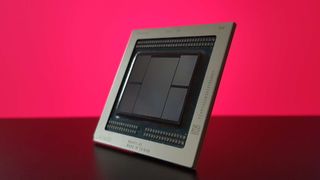
But now cryptocurrency mining is back, and profitable again, and the Radeon VII is finally worth the money people paid for it, with a reason to be dropped into a live motherboard again. You can make yourself $10 profit per day mining Ethereum with it, or else ship it onto Ebay and sell it for $2,000.
Not that I'm condoning the ecological disaster that GPU mining represents, but at least that way you might be able to afford the offensive price-gouging that's going on for actually worthwhile gaming GPUs.

Dave has been gaming since the days of Zaxxon and Lady Bug on the Colecovision, and code books for the Commodore Vic 20 (Death Race 2000!). He built his first gaming PC at the tender age of 16, and finally finished bug-fixing the Cyrix-based system around a year later. When he dropped it out of the window. He first started writing for Official PlayStation Magazine and Xbox World many decades ago, then moved onto PC Format full-time, then PC Gamer, TechRadar, and T3 among others. Now he's back, writing about the nightmarish graphics card market, CPUs with more cores than sense, gaming laptops hotter than the sun, and SSDs more capacious than a Cybertruck.
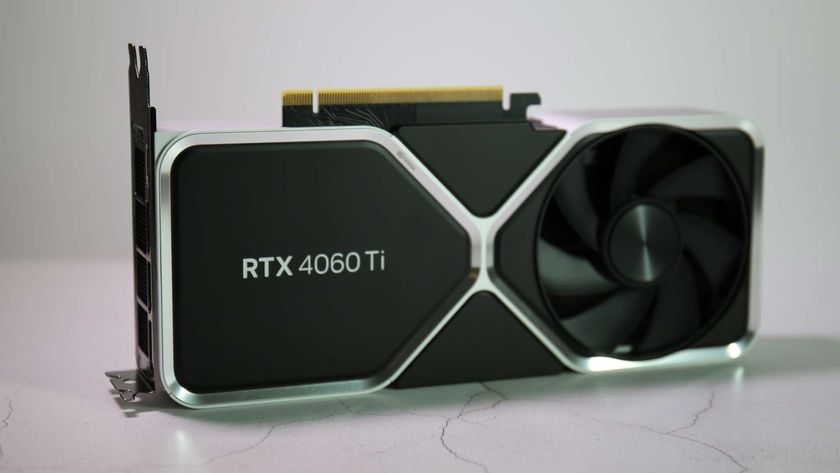
The RTX 5060 Ti is rumoured to cost the same as the RTX 4060 Ti, which may leave it wide open for an AMD RX 9070-based assault
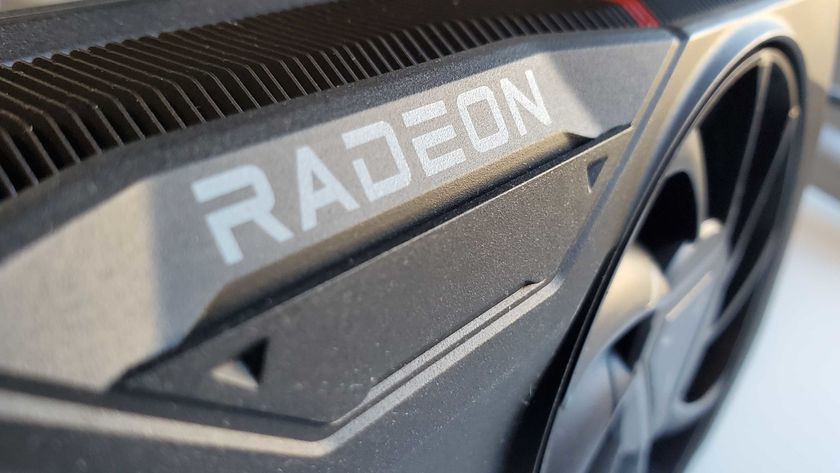
The first Radeon was superior to Nvidia's GeForce2 in almost every way but it set the tone for how AMD would fair against the jolly green giant for the next 25 years
